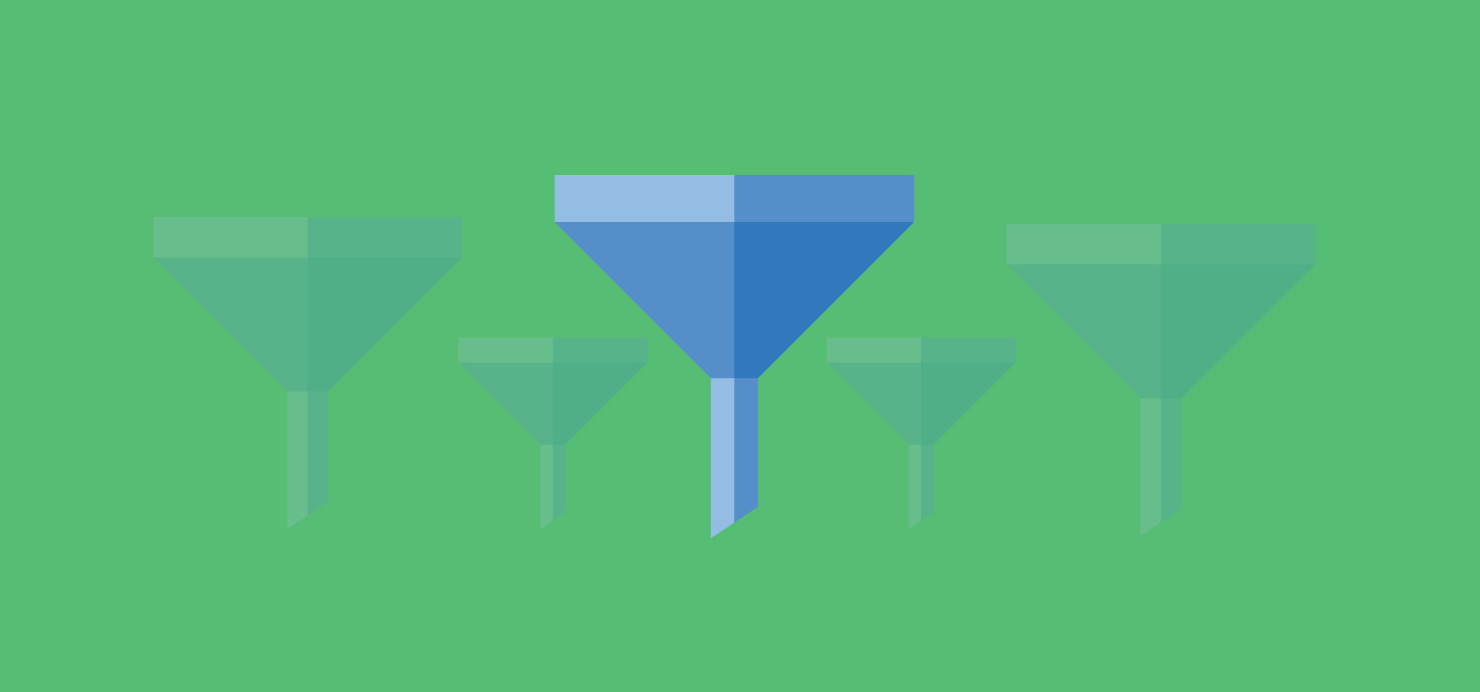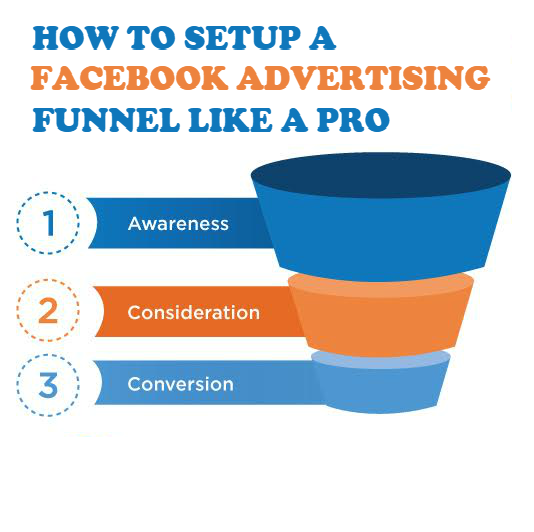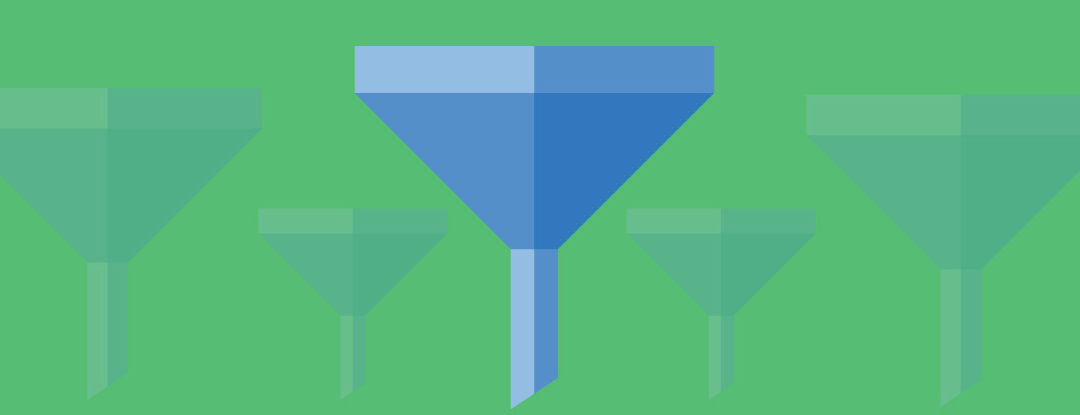
Mike Corte
Insight, Digital
How To Setup A Facebook Advertising Funnel Like A Pro
- Find out how the “customer journey” works and how you can help facilitate their movement from one point to another.
- Despite the competition on Facebook, there are plenty of ways to keep moving customers forward.
- Your impact can entertain, educate, and most importantly, convert people into customers.
In the final week of our 3 part series on Facebook Advertising, we’re covering how to build a strategy that consistently moves customers through to the point of conversion in your business.

HOW TO SETUP A FACEBOOK ADVERTISING FUNNEL LIKE A PRO
- Find out how the “customer journey” works and how you can help facilitate their movement from one point to another.
- Despite the competition on Facebook, there are plenty of ways to keep moving customers forward.
- Your impact can entertain, educate, and most importantly, convert people into customers.
In the final week of our 3 part series on Facebook Advertising, we’re covering how to build a strategy that consistently moves customers through to the point of conversion in your business.

Most people venture into facebook advertising without one necessary thing: a strategy
This is mainly because they want one of two main things:
- An immediate impact
- A quick sale
But this approach simply doesn’t work on Facebook. Facebook is different than any other medium of online advertising.
When users open their Facebook app they don’t go there with the aim to see ads about your upcoming sale or promotion. They’re there to interact with friends and family, catch up on what has been happening or to publish their own posts on what’s happening in their personal lives.
It’s this “intent” that most advertisers don’t grasp before setting up a new campaign on Facebook.
2. Try to grab people’s attention within the first 3 seconds
The first 3 seconds of any video is crucial. Tuck in the initial few seconds of your video with most vital information to initiate more viewership.
Facebook videos have auto-play to encourage interest. To captivate users’ attention and convince them to watch the video at that very moment here are a few proven points.
Find out how to make the first 3 seconds more engaging:
- Use thumbnails:These are items on the page that do a great job of capturing people’s attention while they scroll through their feed.
- Update video with a relevant post:Titles play a considerable role in making a video successful. Sometimes they add more meaning to the video and while other times they compel the viewers to take act on a call to action.
In general, the first frame should be geared towards piquing a consumer’s interest.
Before even opening Facebook Ads Manager, there are a few steps you need to think about first:
- What are the steps users take to convert to my offer?
- How can I move them from one step to another?
- What impact do I have on them during the customer journey?
What are the steps users take to convert to my offer?
The “customer journey” has changed since online advertising was introduced over a decade ago. A recent study showed that consumers need to see a brand 6-7 times before they are ready to convert. While other studies have also shown a user needs to see a brand up to 17 times before they make a decision.
Regardless, it’s no longer a simple A to B conversion; it’s more like A to M, N, O, or P. You need to map out the potential touch points that users have before they consider converting to your offer.
To help get a better idea of the steps they take, start from the final action they perform and work backward. Breaking this process down not only gives you an idea of how many steps they need to take but where potential sticking points may be.
For instance, here is an example journey of actions that someone may take (in reverse) during an online store purchase across both website and email:
| Website | |
| Online payment confirmation page | Payment confirmation and shipping email |
| Checkout confirmation page | |
| Added to cart page | |
| Abandoned cart advertisement on Facebook | Abandon cart email |
| Added to cart button | |
| Product information page | |
| Re-targeting advertisement on Facebook | Discount code email |
| Free download confirmation page | |
| Free download sales page | |
| Free download advertisement on Facebook | |
| Read new blog post | |
| Re-targeting ad about new blog post on Facebook | |
| Subscribe to podcast | |
| Listen to new podcast | |
| Subscribe to Youtube | |
| Watch video on Youtube | |
| Read new blog post | |
| Post about new blog post | |
| Like/Follow on Facebook/Instagram | |
| Video advertisement on Facebook |
Sometimes, this journey can be shorter, longer, they may skip steps – it’s not necessarily a linear process. There are so many variants that can depend on the industry and product you have to offer.
Once the steps are laid out though, you can at least then place advertisements at the right steps in the journey to help move them onto the next one.
How can I move them from one step to the other?
A recent study showed that a person is presented with over 2 million pieces of advertising media every single day. And while we like to see the above progress as a simple and step-by-step process, we know that it rarely happens that way.
Not only are you competing against other advertisements throughout their day, but you’re also competing against one thing most advertisers never consider: time.
It takes time for people to see the different advertisements and for them to make decisions. Customers also need time to consider options and build trust with your business to decide if you have the right offer for them.
On top of this, the Facebook Pixel underpins the majority of the advertising strategy. The Facebook Pixel tracks users’ interactions with your brand, and the Facebook Algorithm adjusts to find the right people to show your advertisements to. The algorithm is constantly learning about your audiences, and this happens over time as well.
All we can do is setup the right tactics to have the opportunity to move people along the journey.

Underpinning a strategy like this are three systems you need to have in place:
- A website pixel for re-targeting advertisements.
- Custom audiences built around certain user behaviours on Facebook and your website.
- An email provider that can send automated emails based on certain behaviours.
In week 1 & 2 of this series, we covered how you can build different types of Facebook Custom Audiences so you can retarget them.
I also advocate of gathering user data throughout the process so you can also market to them via email. This creates another avenue to promote your message. And a customer giving you their details is also a trigger point for building further trust with them.
For email automation, there are several different options, depending on the system they need to integrate with and your available budget. Here are some of the most common:
- Mailchimp – Free
- ActiveCampaign– $49/mth
- Convert Kit– $29/mth
- Aweber– $19/mth
- Infusionsoft– $199/mth
What impact do I have on them during the customer journey?
To be able to captivate them to the point of conversion, you need to have a lasting effect on them each time they interact with you.
To properly do this, you should always put the potential customer first and ask yourself how you can do at least one of the following:
- Build trust
- Educate them
- Entertain them
- Solve their problems
Using the customer-centric approach will help you create the best possible content to move users through your sales funnel.

